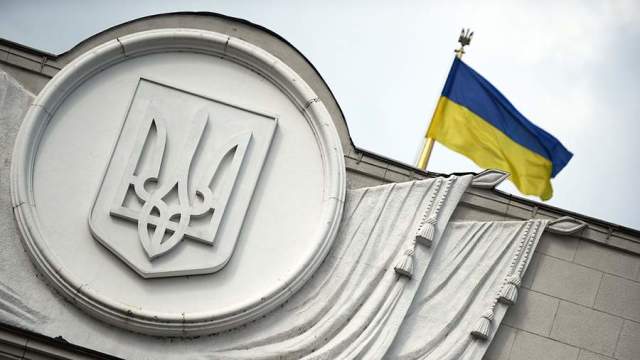It is necessary to monitor Kiev's attempts to create missile systems, but they will probably end in failure. This was announced on Monday, October 25, by the head of the Russian delegation at the talks in Vienna on military security and arms control Konstantin Gavrilov.
Over the past 10 years, Ukraine has created only parodies of the products of the Soviet military industry, Gavrilov noted.
"In this regard, I think that attempts to create all these "Peregrine Falcons" (missile systems.- Ed.), of course, it is necessary to track, but they will all end, most likely, in a puff. <...> But all departments should prepare, work, watch closely the development of events and give a decent answer when needed," the diplomat added.
Gavrilov also said that Kiev's statements about sending missiles to Moscow cannot be taken seriously, since Kiev cannot even make tanks.
Earlier in the day, the deputy of the State Duma of the VII convocation Ruslan Balbek, in an interview with Izvestia, called the statement of the freelance adviser to the head of the office of the President of Ukraine and the press secretary of the Kiev delegation in the Trilateral Contact Group on Donbass Alexey Arestovich about the possible targeting of Ukrainian missiles at Moscow pathetic intimidation.
Last year, Kiev conducted tests of various missile systems several times. So, on June 19, 2020, the Ukrainian military for the first time tested the R-360 cruise anti-ship missile of the LCD-360MC "Neptune" complex with a standard warhead.
The Neptune cruise missile can carry a warhead weighing 150 kg. The range of its launch is up to 280 km, the speed is about 900 km / h, the flight height above the crest of the waves is from 3 to 10 m. The complex provides simultaneous launch of up to 24 missiles. The Neptune is a "slightly upgraded" Russian X-35. At the same time, similar Soviet components were used in the Neptune, including an analogue of the turbofan-50 rocket engine.

